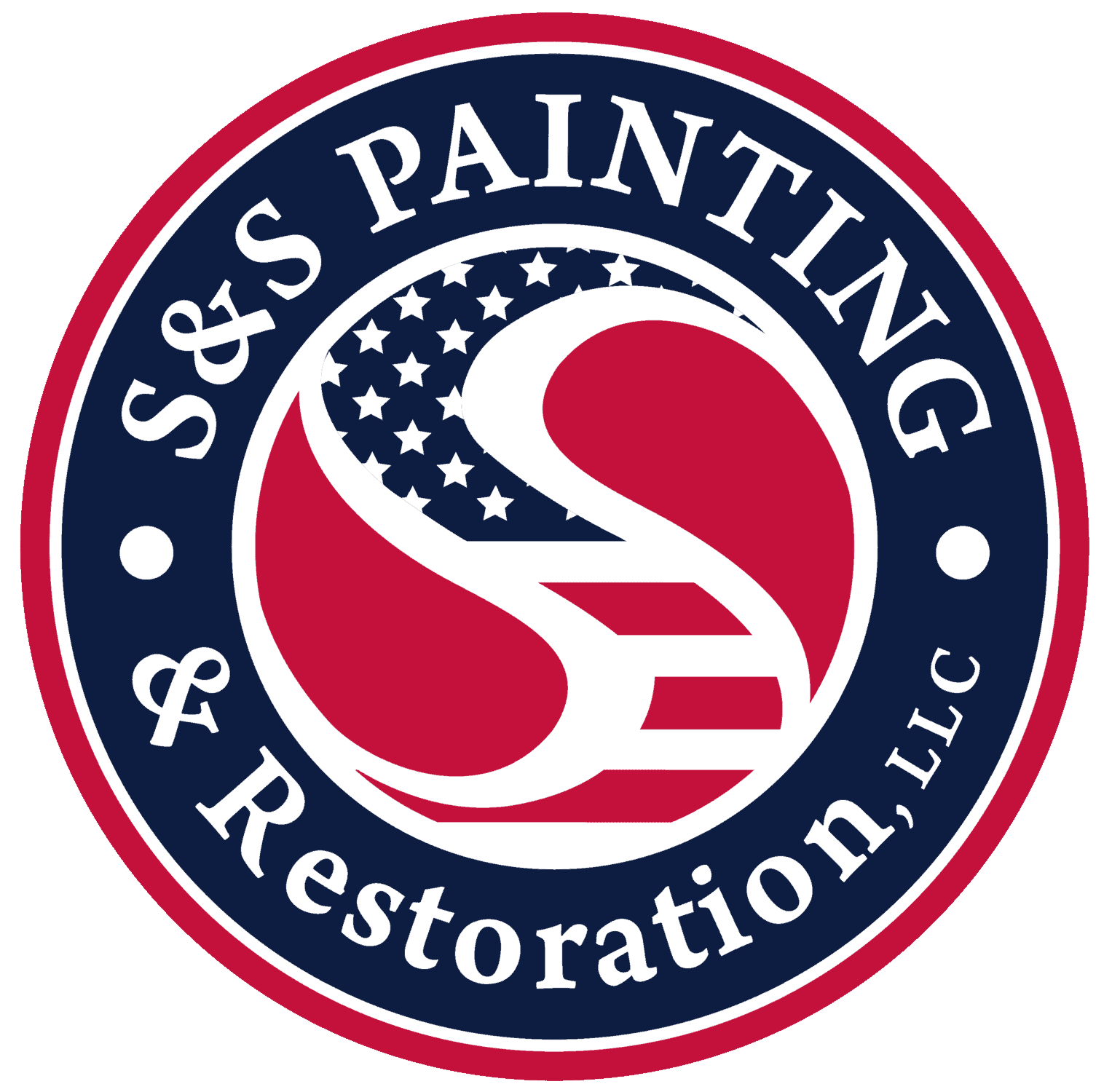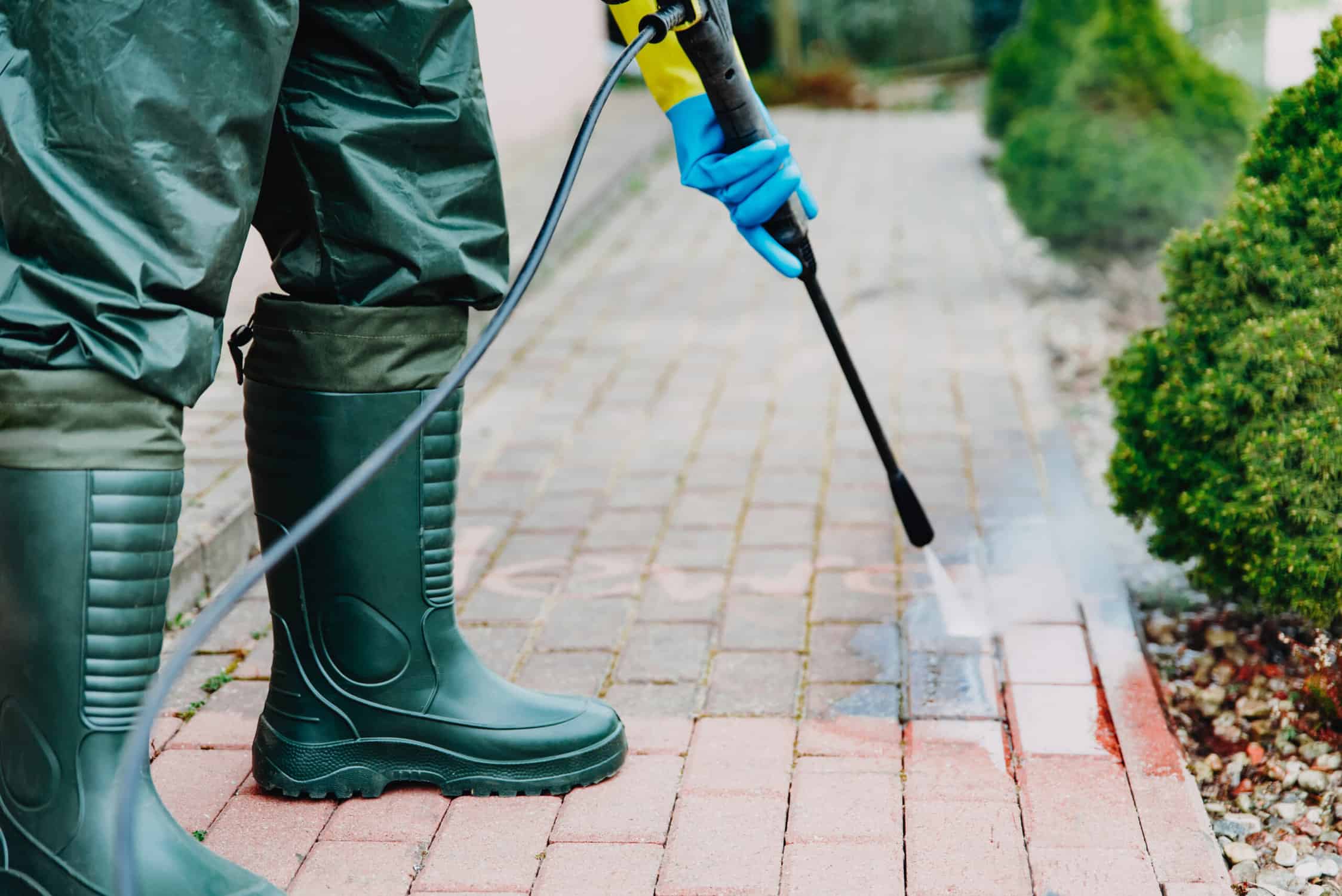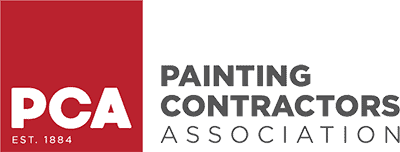Let’s be honest, as homeowners, we’ve all faced the struggle of dealing with stubborn dirt and grime that seems to cling to every surface of our properties. Pressure washing is an incredibly powerful tool for tackling these messes, but it’s not a one-size-fits-all solution.
Different types of dirt and grime require different approaches, and if you don’t recognize what you’re up against, you could end up wasting time and effort or even causing damage to your surfaces. That’s why it’s so important to understand the unique challenges posed by environmental pollutants, organic matter, and all the other nasty stuff that builds up over time. Trust me, once you’ve identified the specific culprits, you can tailor your pressure washing game plan to ensure maximum efficiency and keep your property looking its best.
Common Targets for Pressure Washing:
Exterior surfaces
As homeowners, we take pride in the appearance of our houses, decks, patios, driveways, walkways, fences, siding, and garage doors. However, these surfaces become magnets for dirt, grime, mildew, and other unsightly buildup over time. Pressure washing can be a game-changer, effortlessly blasting away years’ worth of accumulated gunk, and restoring the pristine look you fell in love with when you first moved in. Say goodbye to those stubborn stains and discoloration driving you crazy – pressure washing will make your exterior surfaces look brand new again.
Vehicles
Let’s face it, keeping our cars, trucks, motorcycles, boats, and RVs looking their best can be a constant battle against the elements. From dirt and mud to bird droppings and tree sap, our beloved vehicles take a beating. But fear not, pressure washing is here to save the day. Its powerful water jets can strip away even the most stubborn grime, leaving your rides sparkling clean and turning heads wherever you go. No more scrubbing for hours on end – let the pressure washer do the heavy lifting for you.
Other surfaces
Don’t forget about those often-overlooked areas like pool decks, outdoor furniture, pavers, and retaining walls. These surfaces are exposed to the same harsh conditions as the rest of your property, and they deserve some love, too. Pressure washing can revitalize these areas, removing built-up grime, algae, and other unsightly blemishes. Imagine hosting your next backyard barbecue with a pristine pool deck and sparkling outdoor furniture – your guests will be impressed, and you’ll feel like a true outdoor living pro.
Mold & Mildew: The Sneaky Enemies:
Types of mold and mildew:
- Black mold: When it comes to these fungal foes, not all are created equal. The infamous black mold is a serious threat, capable of causing respiratory issues, allergic reactions, and even more severe health problems. If you suspect black mold, it’s crucial to call in professional remediation services – this is not something you want to tackle on your own. However, don’t let the seemingly harmless green, white, or yellow varieties fool you. While less hazardous to your health, they’re still unsightly and can quickly spread, leading to further growth and potential structural damage if left unchecked.
- Green, white, or yellow mold/mildew: These colorful culprits may not pose immediate health risks, but they’re a nuisance nonetheless. Not only do they detract from the aesthetic appeal of your home, but they also thrive in moist environments, potentially leading to further growth and discoloration if not properly removed. Addressing these varieties promptly is essential for maintaining a clean, attractive living space and preventing more serious issues down the line.
Identifying signs of mold and mildew:
These sneaky enemies can be hard to spot at first, but there are telltale signs to watch out for. Discoloration on surfaces, visible growth patterns, and unmistakable musty odor are all red flags. If you or your family members start experiencing respiratory issues or other health concerns, it could be a sign of a more serious mold problem. Trust your senses and don’t ignore these warning signs.
Different Grime, Different Techniques:
Dirt and dust
These seemingly harmless culprits can be a real eyesore, dulling the appearance of your exterior surfaces. Thankfully, a low-pressure setting combined with a fan-tip nozzle is often all it takes to whisk away those pesky particles, restoring a fresh, clean look without the risk of surface damage.
Algae and moss
These persistent green invaders thrive in damp, shaded areas, leaving unsightly stains and discoloration in their wake. To banish them effectively, a medium-pressure setting paired with a rotating nozzle is your best bet. The spinning motion helps dislodge and sweep away even the most stubborn growths.
Heavy grime, oil, and paint
When you’re dealing with heavy-duty messes like caked-on grime, oil spills, or old paint splatters, it’s time to bring out the big guns. A high-pressure setting with a stripping nozzle can blast through these tough contaminants, but caution is advised – too much pressure can potentially damage surfaces, so proceed with care.
Always test on an inconspicuous area first to avoid damaging the surface
Before unleashing the full power of your pressure washer, it’s wise to test it on a small, out-of-the-way area. This simple precaution can help you gauge the appropriate pressure and technique, ensuring you achieve a spotless finish without inadvertently harming your surfaces.
Additional Tips and Tricks:
Safety first
Pressure washing may seem like a simple task, but it’s important to prioritize your safety. Always wear proper personal protective equipment (PPE) such as gloves, goggles, and long pants. The high-pressure water stream can cause serious injuries if not handled properly, so it’s better to be overly cautious than to risk harm.
Choose the right pressure for the job
While it can be tempting to crank up the pressure for a more powerful cleaning punch, that’s not always the best approach. Different surfaces have varying levels of durability, and excessive pressure can lead to costly damage. Take the time to understand the appropriate pressure settings for the material you’re cleaning to avoid any accidental mishaps.
Start from the top and work your way down
This simple technique can save you a lot of headaches and extra work. Starting at the highest point and working your way down’ll prevent clean water from mixing with dirty runoff, which can create unsightly streaks and require additional cleaning.
Consider professional help
While pressure washing may seem like a DIY project, there are situations where it’s wise to call in the experts. For extensive cleaning jobs, large areas, or when dealing with hazardous materials like lead paint, professional pressure washing services can ensure the job is done safely, efficiently, and without the risk of any costly mistakes.
By following these tips and tricks, you’ll achieve outstanding cleaning results and protect yourself and your property from potential harm. Remember, a little preparation and knowledge can go a long way in making pressure washing a hassle-free and rewarding experience.
Let’s be real: pressure washing is a game-changer for keeping your home and stuff looking pristine. But you can’t just go in guns blazing without knowing what you’re up against. Different types of mold, mildew, and grime require different techniques – cranking up the pressure won’t always do the trick.
However, pressure washing can be incredibly satisfying when you approach it the right way – with the proper knowledge, techniques, and safety precautions. You’ll get that deep-clean feeling without risking your well-being or damaging your property. It’s a win-win!







